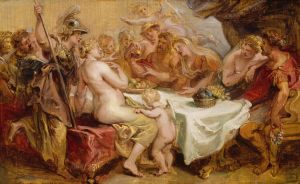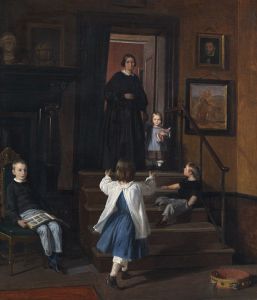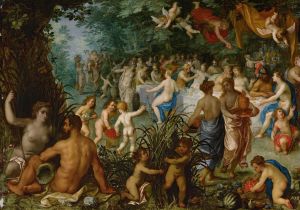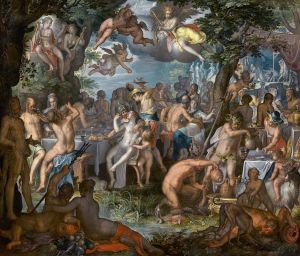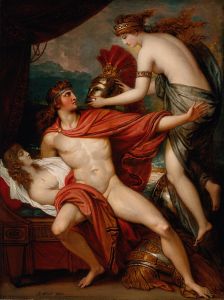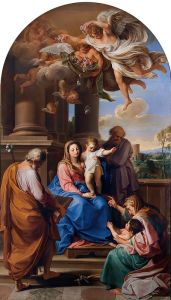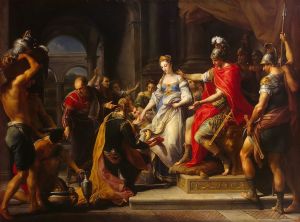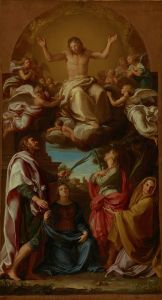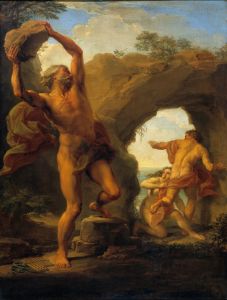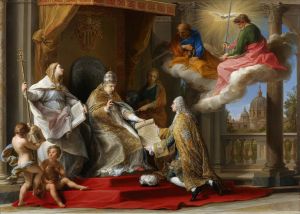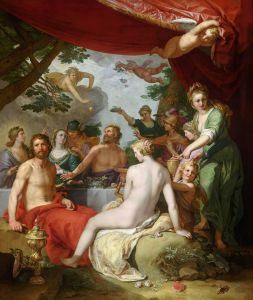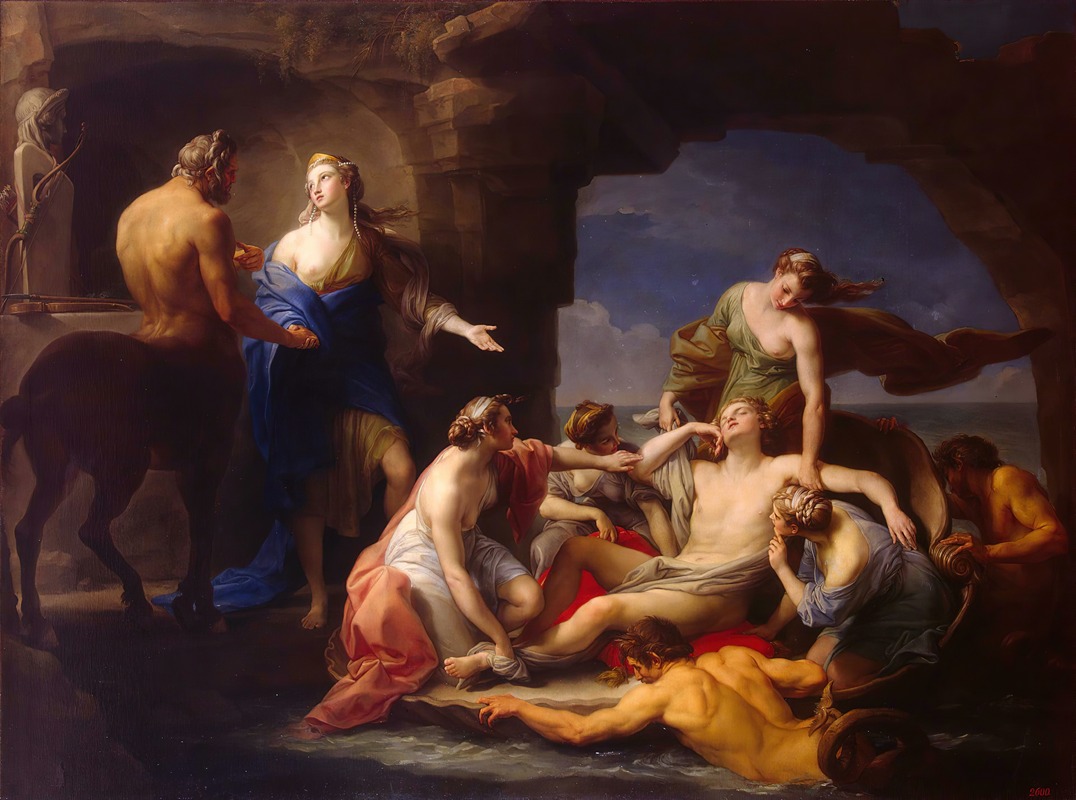
Thetis Takes Achilles From The Centaur Chiron
A hand-painted replica of Pompeo Batoni’s masterpiece Thetis Takes Achilles From The Centaur Chiron, meticulously crafted by professional artists to capture the true essence of the original. Each piece is created with museum-quality canvas and rare mineral pigments, carefully painted by experienced artists with delicate brushstrokes and rich, layered colors to perfectly recreate the texture of the original artwork. Unlike machine-printed reproductions, this hand-painted version brings the painting to life, infused with the artist’s emotions and skill in every stroke. Whether for personal collection or home decoration, it instantly elevates the artistic atmosphere of any space.
"Thetis Takes Achilles From The Centaur Chiron" is a painting by the Italian artist Pompeo Batoni, completed in 1770. Batoni, renowned for his skill in combining elements of classical mythology with the refined elegance of 18th-century portraiture, was a prominent figure in the art world during his lifetime. This particular work exemplifies his ability to depict mythological subjects with both drama and grace.
The painting illustrates a scene from Greek mythology involving Thetis, a sea nymph, and her son Achilles, one of the greatest heroes of the Trojan War. According to myth, Thetis entrusted her young son to the centaur Chiron, who was known for his wisdom and knowledge, to be educated and trained. Chiron, unlike other centaurs, was famed for his gentle nature and was a mentor to many Greek heroes. The scene depicted in Batoni's painting captures the moment when Thetis comes to take Achilles away from Chiron, marking the end of his tutelage and the beginning of his journey towards becoming a legendary warrior.
Batoni's composition is notable for its dynamic arrangement and the emotional interplay between the figures. Thetis is often portrayed with a sense of urgency and determination, reflecting her protective nature as a mother. Achilles, depicted as a young boy, shows a mixture of reluctance and readiness, symbolizing his transition from childhood to the responsibilities of adulthood. Chiron, the wise centaur, is shown with a demeanor of calm acceptance, acknowledging the necessity of Achilles' departure.
The painting is characterized by Batoni's meticulous attention to detail and his use of vibrant colors, which bring the mythological scene to life. His ability to convey the textures of fabrics, the sheen of armor, and the naturalistic portrayal of the figures' expressions are hallmarks of his style. The background of the painting often includes elements typical of Batoni's work, such as classical architecture or landscapes, which serve to enhance the mythological setting.
Pompeo Batoni was a leading artist in Rome during the 18th century, attracting patrons from across Europe, including members of the aristocracy and royalty. His works were highly sought after, and he was particularly known for his portraits of the British nobility who were on the Grand Tour. "Thetis Takes Achilles From The Centaur Chiron" is a testament to his ability to blend narrative storytelling with the aesthetic ideals of his time.
The painting is housed in the National Gallery in London, where it continues to be appreciated for its artistic merit and its depiction of a pivotal moment in Greek mythology. Batoni's work remains an important example of 18th-century European art, reflecting both the cultural interests of the period and the enduring appeal of classical mythology.





